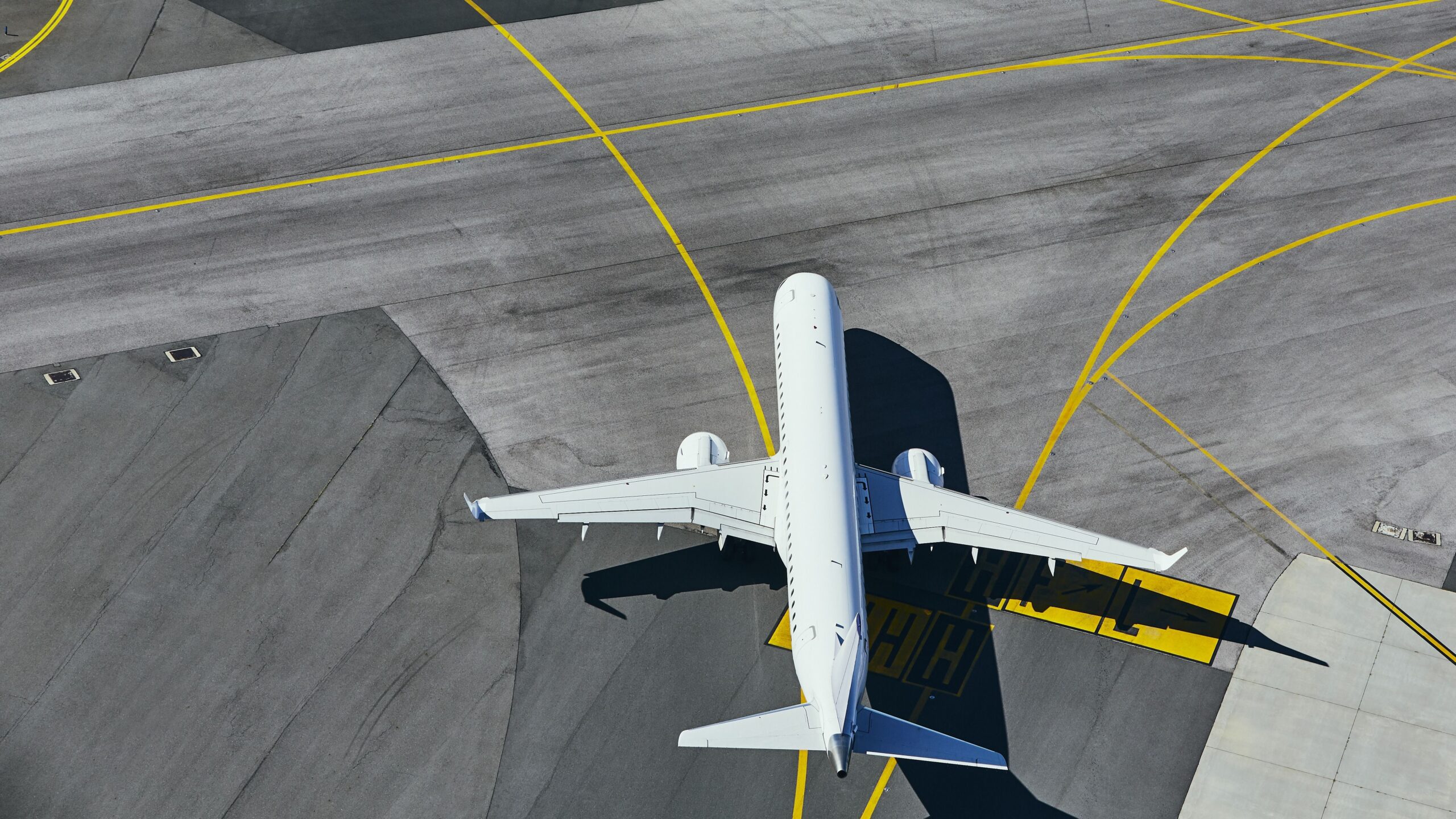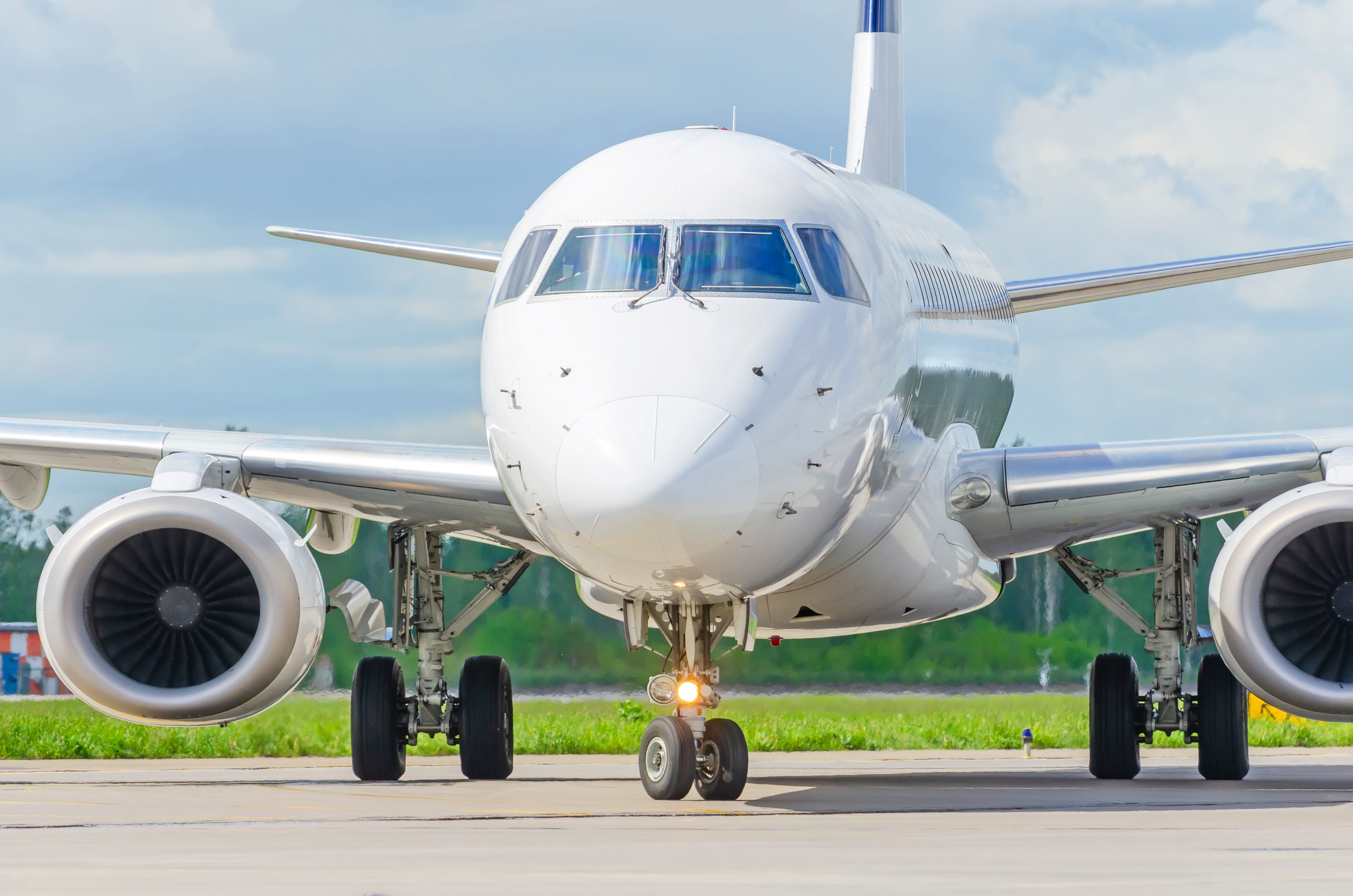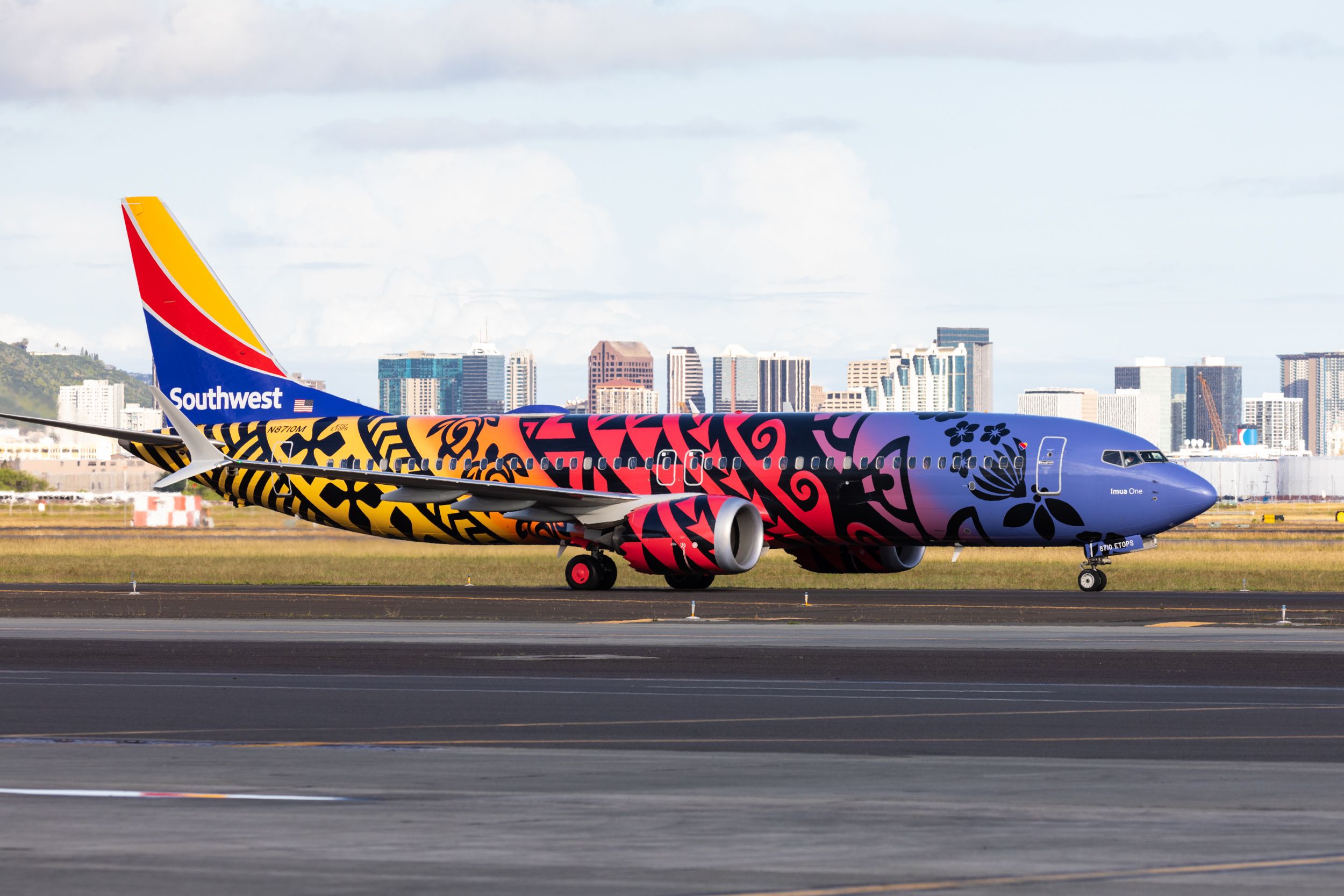Summary
- Taxi speeds are usually 30 knots on straight lines and 10 knots for turns. Slower speeds are imposed during low visibility or adverse weather conditions.
- Pilots rely on GPS-derived ground speeds, as airspeed indicators are unreliable at taxi speeds. With experience, pilots can gauge their speed without referencing GPS.
- Efficient taxiing is essential for on-time performance, especially for airlines with shorter flights. However, factors like engine warm-up time and flight attendant briefings may slow down taxi speeds. Ultimately, the pilot influences the taxiing experience.
Every taxi out and taxi in is one-of-a-kind. Fast or slow, long or short, smooth or jolting, every taxi experience is influenced by rules, weather conditions, delays, and pilot preferences. Many things determine the speed of an aircraft taxi, and this article is meant to give you insights into many of them. Here are some insights into taxiing.
Taxi tidbits
Taxiing is generally the responsibility of the captain. Every passenger airline in the US uses captain-only taxi procedures. In contrast, a handful of airlines globally allow first officers to taxi if they are also the pilot flying on that leg. A tiller must be installed on the pilot’s side of the flight deck to taxi an airliner. The tiller controls nosewheel steering while on the ground and can be used to turn at angles upwards of 70 degrees on some aircraft. Narrowbody jets generally only have tillers installed on the captain’s side of the flight deck, but many widebodies, like the Boeing 777 and Airbus A350, have tillers on both pilots’ sides.
Photo: aappp I Shutterstock
Taxi speeds, like many other stipulations, are mandated by the company. As general references, the maximum taxi speed on a straight line is 30 knots, while a turn cannot exceed 10 knots. Sharper turns require even slower speeds. Airlines impose slower speeds during low visibility, rainy, and icy conditions. Airliners can easily taxi on a single engine, but it’s better to use two engines when the taxiways have ice or slush to enhance controllability.
Airspeed indicators on the pilots’ primary flight displays don’t reliably work until the plane is traveling somewhere between 30–40 knots. Pilots use GPS-derived ground speeds since maximum taxi speeds can’t be measured using airspeed indicators. These speeds are usually shown in the corner of the flight display. With experience, pilots have a pretty good sense of how fast they are going without referencing the GPS ground speed. It’s like driving a car – it takes a bit of time to get a feel for a new vehicle, but after a while, you can tell how fast you are going without looking at the speedometer.
Influences on taxi speeds
It’s no secret that some airlines have a reputation for taxiing faster than the perceived average speed. While this conjecture is hard to quantify, it does stand to reason that airlines that operate more short flights with their planes have a better chance of remaining on time if they can taxi efficiently.
Photo: Southwest Airlines
In a previous article, the efficiency of taxiing was highlighted as the number one way to make up time. It’s simple to understand that a crew flying a five-flight day spends vastly more time on the ground than a crew flying one or two legs. Taxi speed thus has a much more significant impact on the operational on-time performance.
Regardless of which airline you’re on (and their perceived reputation for taxi speeds), some things will slow pilots down. The pilots might taxi slower when there is a very short taxi from the gate to the departure runway for a few reasons. First, two to three minutes are needed between the completion of an engine start and setting takeoff power to allow the engine to warm up. Additionally, pilots must give flight attendants enough time to complete their briefings, perform safety checks, and take their seats.
Another reason pilots might taxi slower is if they have been given a takeoff time that is many minutes away, or if their gate is occupied upon arrival. As long as no one else is behind them, pilots will taxi more slowly since there is no sense in rushing to the runway holding area just to sit stagnant for even longer. People feel better when they’re in motion in a plane instead of standing still, and a slower taxi helps many passengers feel a bit more at ease.
Conclusions
Hard-and-fast limits are in place that regulate taxi speeds, but the pilot who is conducting the taxiing has the most influence on your experience. Some pilots go as fast as possible regardless of the situation, others taxi well below the limits, and many others fall somewhere in between. Again, taxiing is comparable to driving a car. Rules are rules, but everyone has unique techniques for following them.



